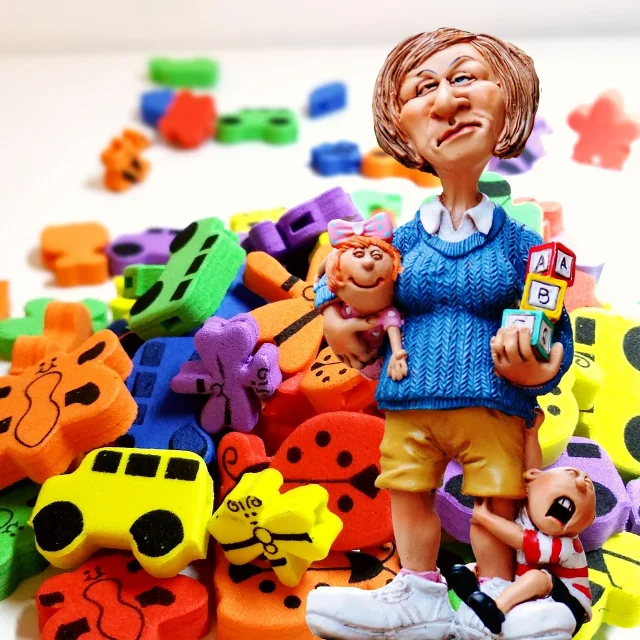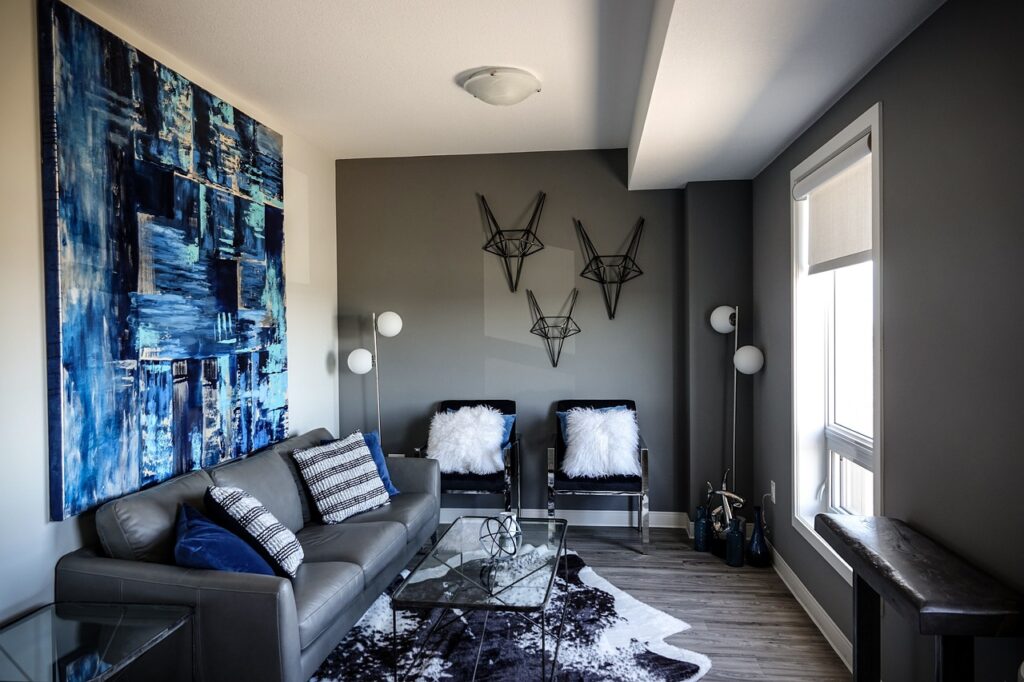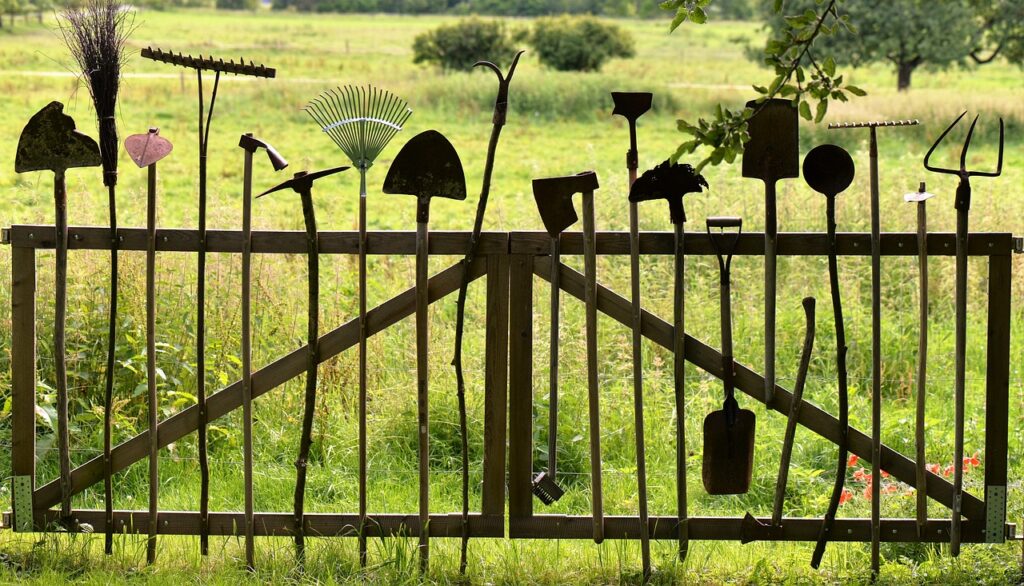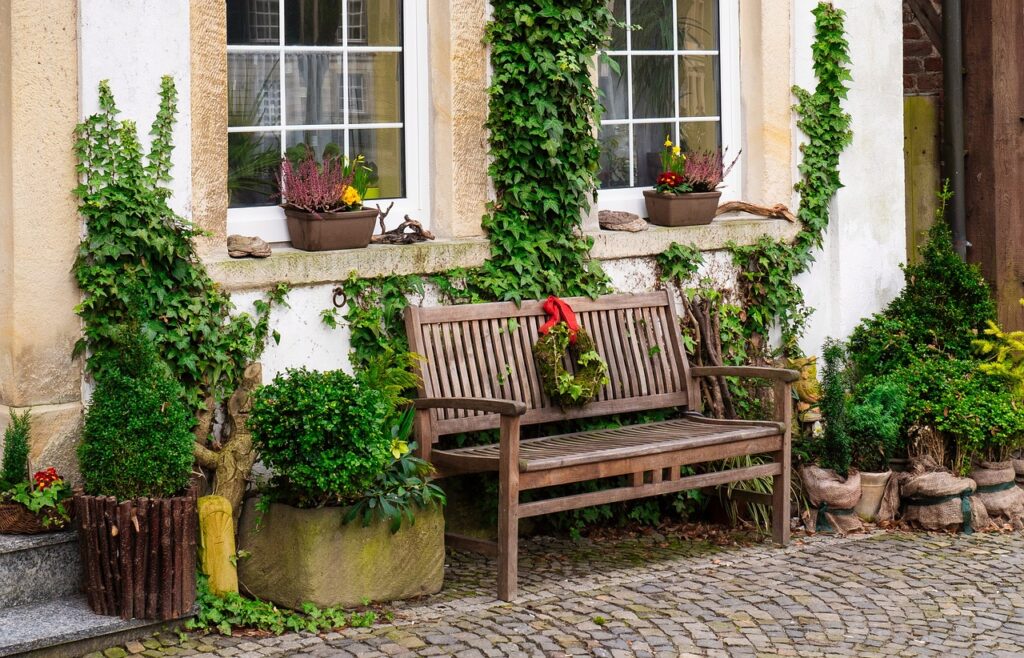
Are you tired of stepping on toys every time you walk into your living room? Simple toy storage systems can transform chaos into order. This blog will guide you through how to organize toys in the living room effectively, making it tidy and welcoming again.
Keep reading for smart solutions!
Contents
- 1 Purging and Protecting the Space
- 2 Simple Toy Storage Systems
- 3 Ground Rules and Teaching Independence
- 4 Tips for Maintaining an Organized Living Room
- 5 Conclusion
- 6 FAQs
- 6.1 1. What is the best way to start organizing toys in the living room?
- 6.2 2. How can I keep small toys from getting lost?
- 6.3 3. Is it a good idea to have a specific play area in the living room?
- 6.4 4. How often should I declutter the toy collection in the living room?
- 6.5 5. Can shelves be useful for organizing toys in the living room?
Purging and Protecting the Space
Start by tossing out toys that no longer see playtime or joy. Then, draw clear lines for where toys should live in your living room.
Getting rid of excess toys
Decluttering toys in the living room starts with sorting through all the toys and deciding which ones to keep. This means setting aside toys that kids have outgrown or no longer play with.
Sell, donate, or recycle these items to clear space and reduce clutter. Keeping only the favorite and most used toys makes organizing easier and ensures that every toy has a designated place for storage.
Create a rotation system for remaining toys to keep things fresh without taking up too much space. Store some toys out of sight and rotate them into play on a regular basis. This approach prevents overwhelming clutter from accumulating in the living room while also making old toys feel new again to your children.
Using this strategy ensures your living room stays organized, promoting a serene environment where relaxation and play coexist harmoniously.
Establishing boundaries for toy storage
Establishing clear boundaries for toy storage in the living room can transform chaotic spaces into orderly sanctuaries. Decide on specific zones where toys are allowed and stick to these areas to maintain a clutter-free environment.
Use toy bins, baskets, and shelves designated for playthings to make it simple for kids to know where everything goes. This approach not only keeps the living space tidy but also teaches children about organization and respect for common areas.
A place for every toy, and every toy in its place.
Choosing the right storage solutions is crucial. Opt for furniture that doubles as storage, such as ottomans with hidden compartments or coffee tables with drawers. These versatile pieces provide ample space for toys while keeping them out of sight when not in use.
Moving on, let’s explore some simple yet effective toy storage systems that can further enhance your living room organization.
Simple Toy Storage Systems
Creating a clever system for toy storage transforms chaos into calm in your living room. Choose solutions that blend style with functionality to keep toys tidy yet accessible.
Utilizing ottomans and beanbags
Ottomans with built-in storage offer a dual-purpose solution for toy organization in the living room. These versatile pieces of furniture provide a cozy spot to sit or rest your feet while hiding toys out of sight inside.
Choose ottomans that match your living room decor to maintain a stylish but practical space.
Beanbags are another smart option for storing kids’ toys and keeping the living area tidy. Large, soft beanbags can be opened to fill with plush toys, transforming what looks like just another seat into an effective storage solution.
Not only do they help declutter the space, but they also add an element of fun and comfort to your living room setup, making them ideal for kid-friendly living room organization.
Using baskets and bins
Transitioning from the comfort and utility of ottomans and beanbags, baskets and bins offer another layer of practicality for living room toy organization. These containers streamline the cleanup process by providing a clear spot for every toy.
Choose colorful bins to add a playful touch or woven baskets for a subtler look that blends seamlessly with your decor. Place these baskets and bins in accessible locations so kids can easily put their toys away, encouraging independence.
Baskets and bins not only serve as efficient toy storage solutions but also contribute to the overall aesthetic of the space. Opting for designs that complement your living room’s style transforms toy storage from a necessity into a design choice.
With varying sizes available, it’s easy to tailor this method to fit any space, making it ideal for decluttering toys in both small apartments and larger homes. This approach ensures toys are neatly tucked away yet remain within reach when playtime comes around.
A place for everything, and everything in its place – baskets and bins make it possible.
Upcycling furniture for toy storage
Upcycling furniture for toy storage breathes new life into old pieces while creating innovative toy organization solutions. An outdated dresser can turn into a colorful toy cabinet with some paint and new knobs.
Old bookshelves may find a second purpose as homes for bins filled with toys, arranged neatly to avoid clutter in your living space. This approach not only saves money but also adds a personalized touch to the decor, making your living room both stylish and kid-friendly.
Crafting unique toy storage from existing furniture encourages creativity and sustainability. You might transform a neglected coffee table into a play table with storage underneath or repurpose an old TV stand into a mobile toy cart that kids can move around as they wish.
These projects create special areas for your children’s belongings, keeping the living room organized without sacrificing style or functionality. Moving forward, consider setting ground rules and teaching independence to maintain the newfound order in your home.
Ground Rules and Teaching Independence
Setting clear rules for cleaning up helps kids learn responsibility. Teaching them to put toys away encourages independence in maintaining a tidy living room.
Setting rules for tidy-up time
Setting rules for tidy-up time helps maintain an organized living room and teaches kids responsibility. Here are some effective strategies:
- Designate specific tidy – up times each day to establish a routine. Choose times that work best for your family, like after playtime or before bedtime.
- Clearly explain what “tidy – up” means to children. Show them where each toy belongs, making sure there’s a specific spot for every item.
- Make tidying up a game to encourage participation. Use timers and challenge kids to beat the clock or play music and have them clean up before the song ends.
- Use visuals like pictures or labels on toy storage bins to help kids remember where things go. This supports independence in cleaning up.
- Praise children when they successfully clean up on their own. Positive reinforcement motivates them to keep the living room neat.
- Introduce consequences for not following through with tidy – up rules, such as less playtime, ensuring these are fair and consistent.
- Rotate toys regularly to avoid overwhelming clutter and make cleaning easier for kids, keeping their interest in playing with what’s available fresh.
- Involve children in setting the tidy – up rules so they feel part of the process and understand the importance of following them.
- Invite kids to suggest ideas for organizing toys better during tidy-up time, fostering creativity and problem-solving skills.
- Create a “lost toy” bin where anything left out goes until the next scheduled tidy – up time, teaching children about consequences and responsibility.
By implementing these strategies, you can keep your living room organized while helping your kids learn valuable life skills.
Teaching children to clean up
After setting clear rules for tidy-up time, the next step involves teaching children to clean up. This ensures they learn responsibility and contributes to maintaining an organized living room.
- Make cleaning up a game: Turn the chore of tidying toys into a fun activity. Challenge your kids to see who can put away the most toys in a set amount of time or sing a clean-up song to make it more enjoyable.
- Use clear, labeled toy bins: Kids are more likely to follow through with cleaning up when they know where everything goes. Label toy bins with pictures or words to help them identify where to put their toys.
- Establish a routine: Children thrive on routine, so incorporate cleaning up as part of their daily schedule. Whether it’s before dinner or bedtime, a consistent routine helps them understand that cleaning up is not optional.
- Lead by example: Show your children how you expect them to clean up by doing it yourself. Kids often mimic adult behavior, so if they see you regularly picking up and organizing, they’re more likely to do the same.
- Provide positive reinforcement: Acknowledge your child’s effort when they do clean up without being asked or when they do an especially good job. Positive reinforcement encourages them to continue participating willingly.
- Start with one toy at a time: Teach younger children the habit of playing with one set of toys at a time and putting them away before taking out another. This prevents clutter from accumulating in the first place.
- Involve kids in selecting toy organization solutions: Allow your children to choose some of the bins, baskets, or shelves for their toys. When kids feel involved in the decision-making process, they take more ownership over keeping those areas tidy.
- Take “before” and “after” photos: Show your children pictures of the living room both cluttered and clean. Visual aids help them see the difference their cleaning efforts make and why it’s important.
- Limit access to too many toys at once: Implementing a rotation system for toys can keep interest high and reduce messes. Store some toys out of reach and switch them out periodically to keep things fresh but manageable.
By actively engaging children in the cleanup process with these methods, parents foster independence while keeping their living rooms organized and inviting for every family member.
Tips for Maintaining an Organized Living Room
Keeping a living room organized with kids around means adapting your strategies over time. Always look for new toy storage ideas that can help keep the space tidy and welcoming for everyone.
Giving grace and allowing flexibility
Creating a flexible and forgiving approach to living room toy organization can make all the difference. It’s okay if every toy doesn’t always get back to its designated spot immediately.
Prioritize ease of use with storage solutions like bins and baskets, making it simple for kids to help with cleanup. This approach encourages them not only to play freely but also to learn responsibility in a stress-free environment.
Flexibility in organizing toys leads to a more peaceful living space.
Opting for creative toy storage that blends into your decor can transform your living room without sacrificing style or functionality. Incorporate options like ottomans that double as storage or decorative baskets that hide toys in plain sight.
These solutions allow your family to live comfortably while keeping clutter at bay, offering a practical yet stylish way to maintain an organized home.
Alternatives for toy storage
After exploring the flexibility of organizing toys, considering alternatives for toy storage adds another layer to maintaining a stylish and functional living room. Hanging nets or hammocks in a corner of the room can be an eye-catching way to store stuffed animals and soft toys, keeping them accessible yet out of the way.
Wall-mounted shelves or cubbies take advantage of vertical space for toy organization without sacrificing floor area, perfect for smaller living spaces.
Magnetic strips on walls offer a creative solution for storing metal toys and cars, making them decorative elements as well as keeping them organized. Over-the-door shoe organizers repurposed into toy compartments provide an ingenious alternative to keep small items sorted and within reach.
These strategies not only enhance living room organization but also inject fun and creativity into decluttering efforts.
Maximizing living room storage starts with creative shelving and hidden compartments. Floating shelves offer a stylish way to organize toys while keeping them within easy reach. They make use of vertical space that often goes unused, allowing for a clutter-free floor.
Incorporate toy organization systems on these shelves by grouping similar items together in bins or baskets.
Hidden storage solutions, like ottomans and coffee tables with built-in compartments, are perfect for concealing toys quickly. These furniture pieces double as functional decor, making your living room both chic and kid-friendly.
By choosing such versatile toy storage furniture, you maintain a tidy space without sacrificing style or accessibility for everyday play.
Conclusion
Organizing toys in the living room can transform chaos into calm by simply adopting some clever storage solutions. Creative use of ottomans, baskets, and upcycled furniture not only hides clutter but also adds a decorative touch to your space.
Teaching kids the habit of tidying up after playtime keeps the area neat and emphasizes responsibility. With these steps, you ensure that your living room remains a welcoming space for family and guests alike, balancing both fun and functionality seamlessly.
FAQs
1. What is the best way to start organizing toys in the living room?
Start by sorting all toys into categories to see what you have and decide where each category should go.
2. How can I keep small toys from getting lost?
Use bins or baskets with lids for small toys to keep them together and prevent them from getting lost.
3. Is it a good idea to have a specific play area in the living room?
Yes, designating a specific play area can help contain toys and make cleanup easier.
4. How often should I declutter the toy collection in the living room?
Decluttering every few months helps remove broken or unused toys and keeps the space organized.
5. Can shelves be useful for organizing toys in the living room?
Shelves are great for displaying and storing larger items or bins filled with smaller toys, keeping them off the floor but within reach.



